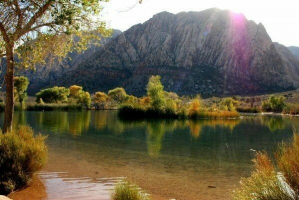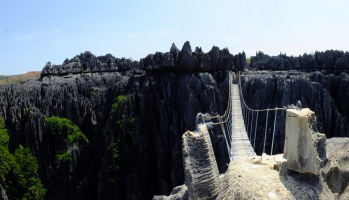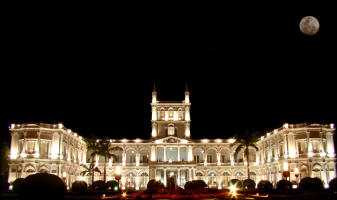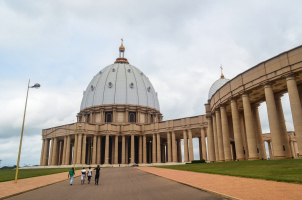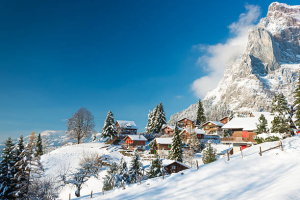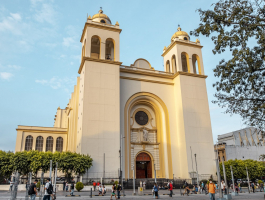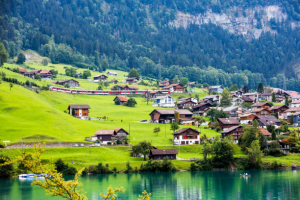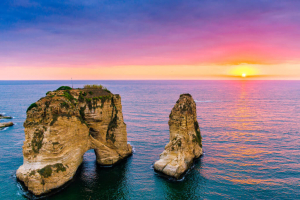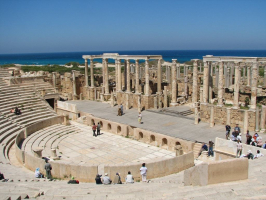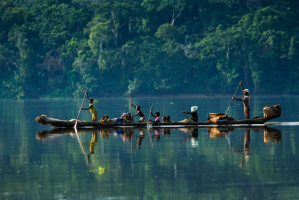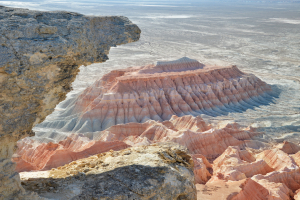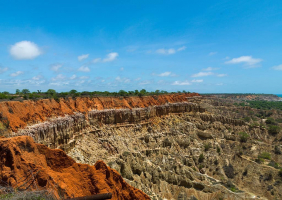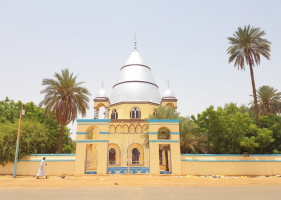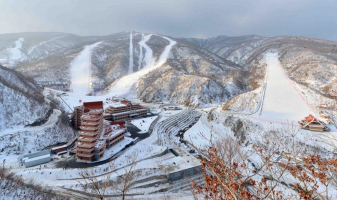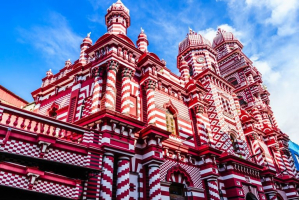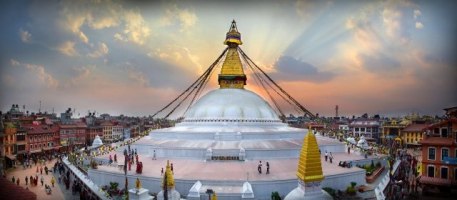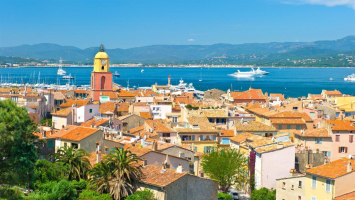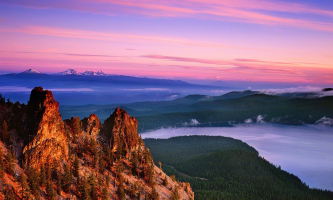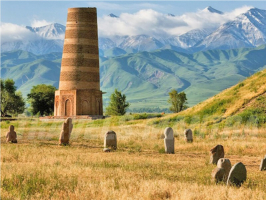Top 9 Best Places to Visit in Cameroon
Cameroon, dubbed the "heart of Africa," is a vibrant country brimming with life and personality. The huge regions of mountains, rainforest, and beaches here ... read more...compliment the large cities. With over 230 indigenous languages complementing the English and French-speaking regions, the geography is as diverse as the language. The diversity of species found in the country's natural parks provides nature lovers with several opportunities to see uncommon and unique animals. Cameroon is a terrific place to visit in Africa because of its mix of music, majestic geography, and more culture than you can reasonably absorb. Let's take a look at some of Cameroon's top tourist attractions.
-
Dschang, which is located in Cameroon's West Province, has expanded tenfold in the last 20 years. The city's primary attractions include the Museum of Civilization, which covers Cameroon's past via its tribes and cultures, and the Center le Cinematique, which is, as the name implies, a cinema museum. The Museum of Civilization, the latter of these two sites, appears to have been neglected in recent years, but it is still an excellent learning experience for tourists to Cameroon.
The Bamiléké tribe makes up the majority of Dschang's population, and Yemba is commonly spoken in the region. The Musée des Civilisations du Cameroun à Dschang is an important cultural center in Dschang, with regular exhibitions and a large collection of artifacts. Dschang has a variety of shops, and the restaurant L'Alliance Franco serves high-quality traditional cuisine.
Dschang may not be as well-known as other Cameroonian cities, but don't be fooled. Dschang is a modest, but lovely, up-and-coming tourist destination worth visiting. Some of the interesting things to do and places to visit at this secret getaway will astound you. You might want to go back sometime to Dschang to take a break and unwind.
Location: Dschang, Cameroon
Entrance fee: N/A
Best time to visit: March through MayHours: N/A
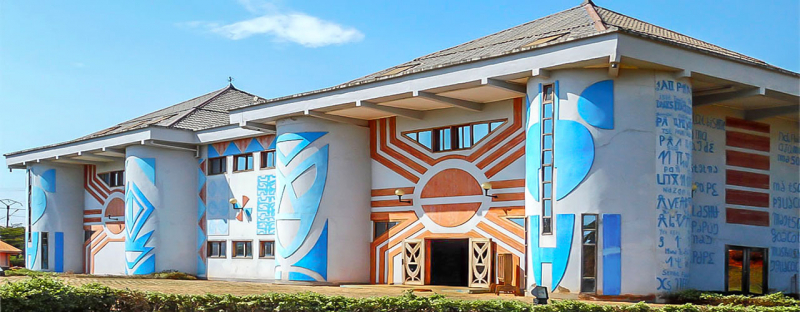
https://discover-cameroon.com/ 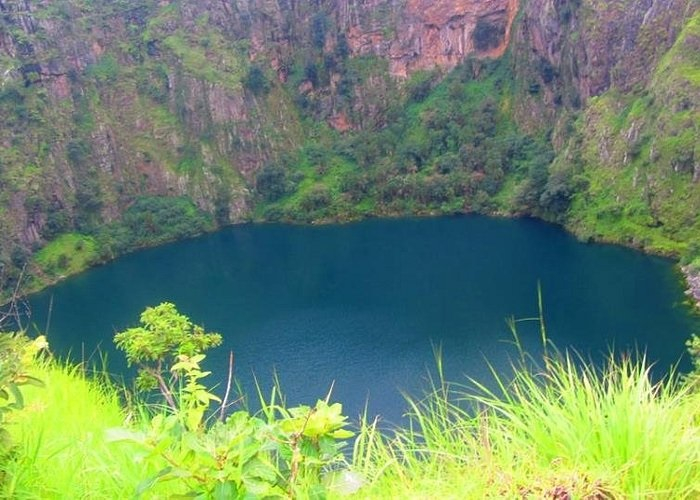
https://www.tripadvisor.com.vn/ -
The Dja Faunal Reserve was established in 1950 and designated as a UNESCO World Heritage Site in 1987. It is a vital part of the Congo Basin's extensive rain forests. The Dja Faunal Reserve is one of Africa's largest protected tracts of rainforest. The Dja River, which works as a natural border for the area, marks out 90% of the reserve as a pristine and protected forest. The reserve is home to 107 mammals, including a considerable number of primates, for which it is most famous.
The white-collared mangabey, mandrill, drill, Western lowland gorilla, and chimpanzee are just a few of the primate species protected by the Dja Faunal Reserve. It connects to the Congolese Odzala-Kokoua National Park and Gabonese Minkébé National Park to form the TRIDOMarea, a crucial zone for the conservation of the Congo basin's African rainforest environment.
The reserve is home to about 1,500 plant species, 107 mammals (including forest elephants, African forest buffalo, and leopards), and 320 bird species. Within the reserve's boundaries, there is also a group of Baka pygmies who live in a relatively traditional manner. They contribute to the site's cultural value and are allowed to hunt using traditional ways, however, agriculture and professional hunting are prohibited. The location is not easily accessible, so a local guide is recommended.Location: South-eastern Province, Cameroon
Entrance fee: 10 crowns
Best time to visit:- January through July
- October through December
Hours: N/A
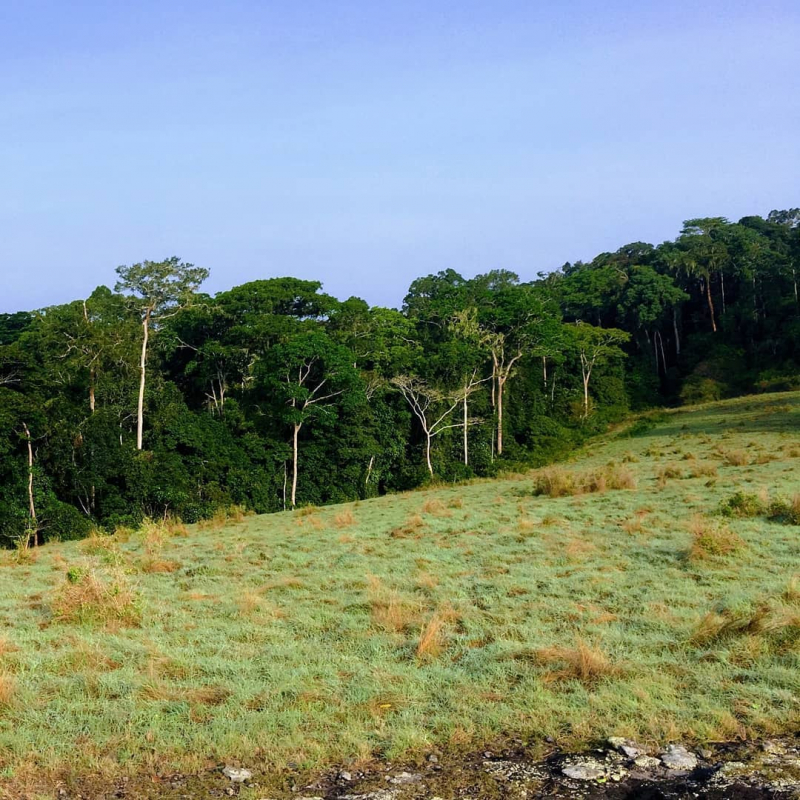
https://www.instagram.com/stmgeoschool/ 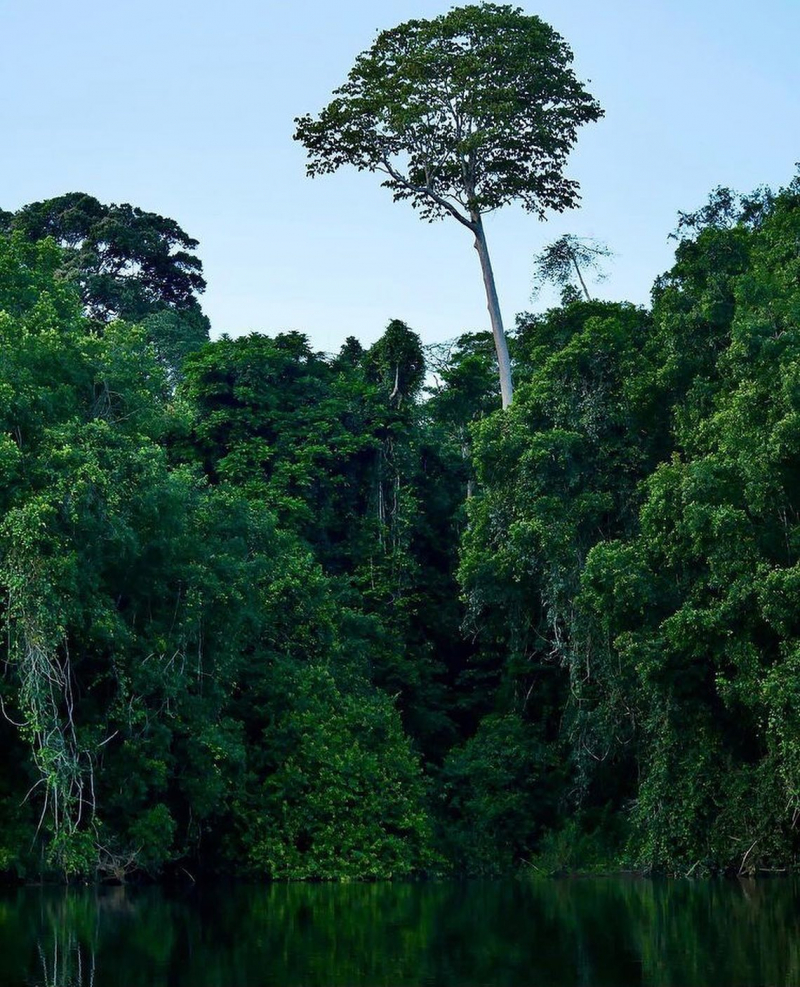
https://www.instagram.com/stmgeoschool/ -
Korup National Park is a large region of evergreen forest covering 126,000 hectares. With resident scientists and well-marked routes, the park is well-maintained. The park is home to a variety of bird species, including hornbills and the highly uncommon red-headed rockfowl. The forests are quite old, include a lot of indigenous species, and are incredibly diversified. The forest canopy is typically 15-25 meters tall, with emergents reaching up to 50 meters in height. Lecomtedoxa klaineana, a typical massive tree with huge boles and remarkable buttresses, is second-most frequent in terms of basal area. More than 100 mammalian species, 435 bird species, 170 reptile, and amphibian species, and 140 fish species live in the rain forest.
Several primates, including chimps, red-capped mangabeys, red-eared monkeys, red colobus monkeys, baboons, and the rare drill, are among the park's inhabitants. Leopards, duikers, buffalos, and elephants are among the park's other mammals. The park is accessible via Mundemba town, which is about a five-hour drive from Buea or a six-hour flight from Douala International Airport. During the rainy season, from July to November, the road to Mudemba is slick, whereas, during the dry season, it is dusty.
Elephants and monkeys are scarce, but visitors to the park may be lucky enough to witness them. The park's road access can be difficult, especially during the rainy season when the road conditions deteriorate. It's important to note that the Chimpanzee camp is a 7-mile journey from the Mana footbridge, so plan accordingly.
Location: Southwest Province, Cameroon
Entrance fee:- Tourist who is a non-resident: 5.000 FCFA
- Tourist who is a resident: 3.000 FCFA
- Tourist who is a national: 1.500 FCFA
Best time to visit: December to February
Hours: N/A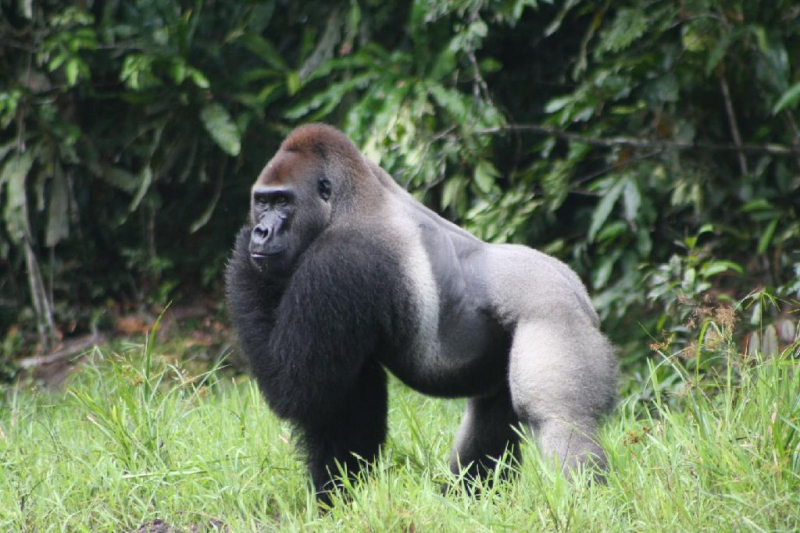
http://www.privateguide.com/ 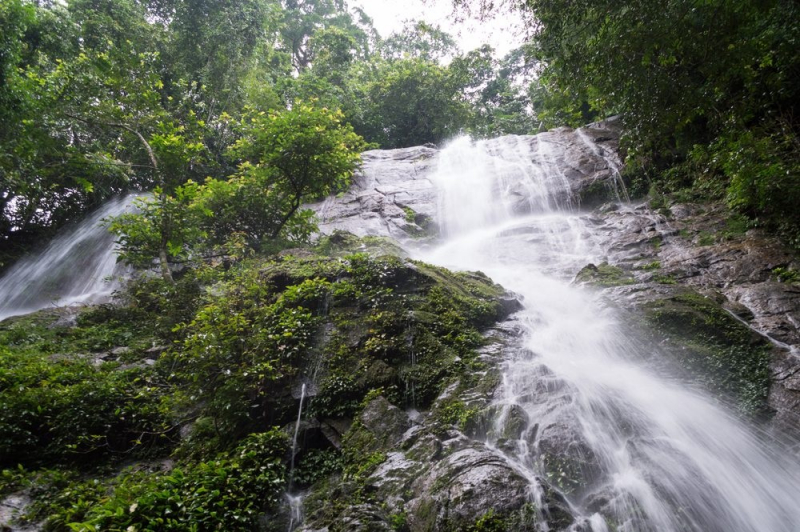
https://www.akg-london.co.uk/ -
Kribi is a town and port in the southwestern part of Cameroon. It is located on the Atlantic Ocean's Gulf of Guinea, at the edge of the tropical rainforest zone. In Cameroon, this is the land of happiness. The beaches in Kribi are beautiful, with white sand, a clear blue sea, and fresh fish offered from eateries along the coast. In the Kribi neighborhood, there are numerous hotels, the majority of which are reasonably priced. If you're searching for something different to do after a day at the beach, the Chutes de la Lobe waterfalls are only 8 kilometers south of town. The Chutes de la Lobé waterfall, which is close by, falls right into the sea. The waterfalls plunge directly into the sea, creating a breathtaking picture.
The Kribi lighthouse, which stands at the mouth of the Kineke River, was built in 1906 by German settlers and is still operational today Tara Plage, to the south, is a beach with heavy Atlantic surf. Boats run upriver from the falls to Bagyeli local communities.
Location: Kribi, Cameroon
Entrance fee: N/A
Best time to visit: January through April and December
Hours: N/A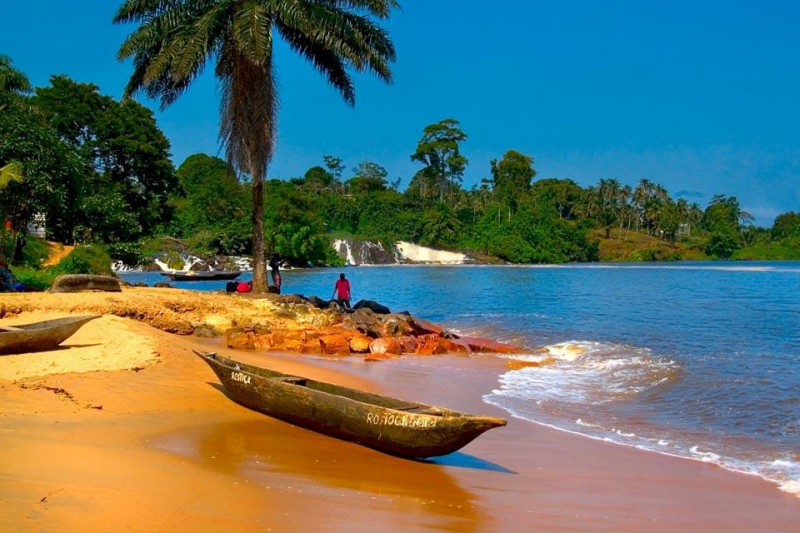
https://www.easyvoyage.co.uk/ 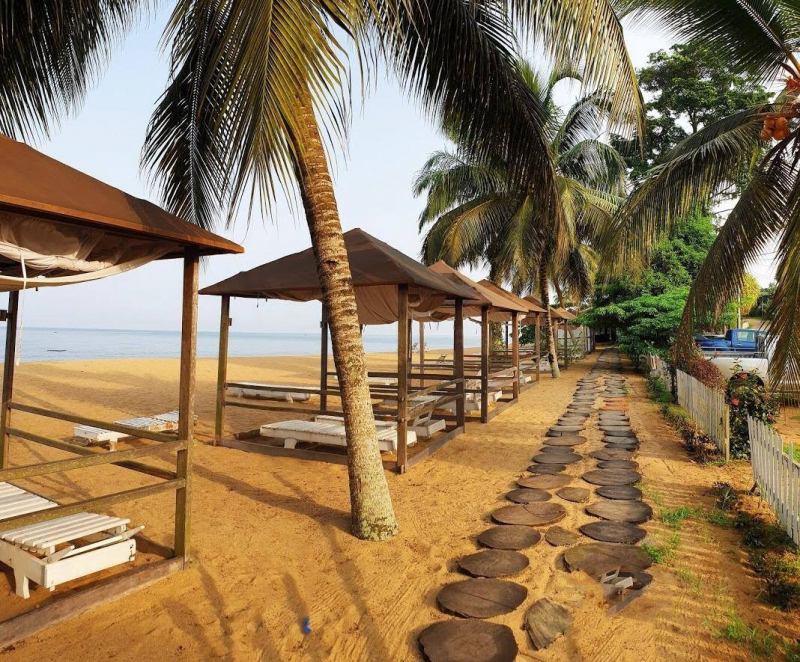
facebook.com/KribiWeekendShow/ -
Foumban is a city in Cameroon located north of Bafoussam. It has an estimated population of 83,522 people. It is the capital of the Bamoun people and houses a museum dedicated to traditional arts and culture. Foumban is noted for its cultural, tourism, and economic potential, as well as its political significance in the shaping of Cameroon's history. A market and a craft center are also available, and the Foumban Royal Palace houses a museum dedicated to Ibrahim Njoya, the inventor of a new religion, the Bamum script, and the artificial language Shümom.
Foumban is a must-see city in Cameroon for art lovers. The city's foundations are in the arts, music, and architecture. It is also the city with the greatest Muslim population in Cameroon. With its Islamic influences, the city resembles a cross between North and West Africa. The Royal Palace and its adjacent museum are the main attractions here, while the city's mosque is also worth seeing.
Location: Foumban, Cameroon
Entrance fee: N/A
Best time to visit:- January until July
- September, November, December
Hours: N/A
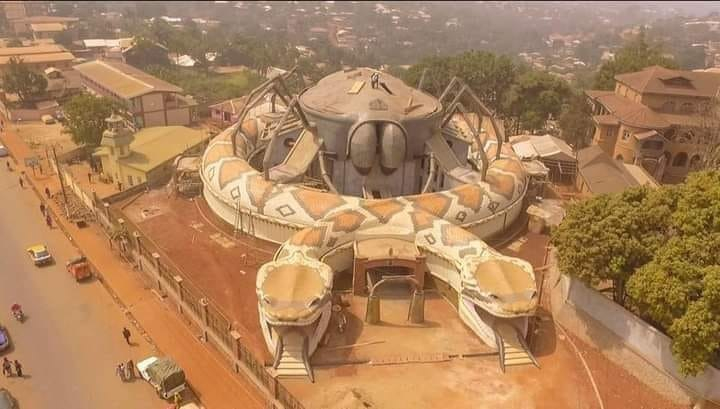
https://www.facebook.com/OthayaGlobal/?__tn__=-UC*F -
Bamenda, also known as Abakwa and Mankon Town, is the capital of the Northwest Region in northern Cameroon. The city, which has a population of almost 2 million people, is located 366 kilometers (227 miles) north of Yaoundé, Cameroon's capital. Bamenda is noted for its pleasant climate and picturesque highland setting.
Bamenda is a huge metropolis with all of the amenities and services that travelers require. Bamenda isn't going to hold your attention for more than a day or two, but it is an excellent starting point for exploring the country's highlands, which are home to gorgeous verdant countryside and hidden communities. Mountain biking, hiking, and exploring off-the-beaten-path guesthouses and eateries are all possibilities in the local landscape.
The city is divided into three villages: Bamendakwe, Mankon, and Nkwen, which are designated as Bamenda I, II, and III sub-divisions, respectively. Other suburban regions and villages, such as Bambui, Akum, Bafut, Bali, Chombah, and Mbatu, surround it. These suburbs and villages are rapidly expanding and are occasionally mistaken for Bamenda. Processing agricultural products such as coffee, basic food processing, handicraft, cottage industry, education, tourism/hospitality, construction, and transportation are the main industries. Local baskets, beads, woodcarvings, and bronze statues are on show in the local museum and shops.Location: Bamenda, Cameroon
Entrance fee: N/A
Best time to visit: Late November to late February
Hours: N/A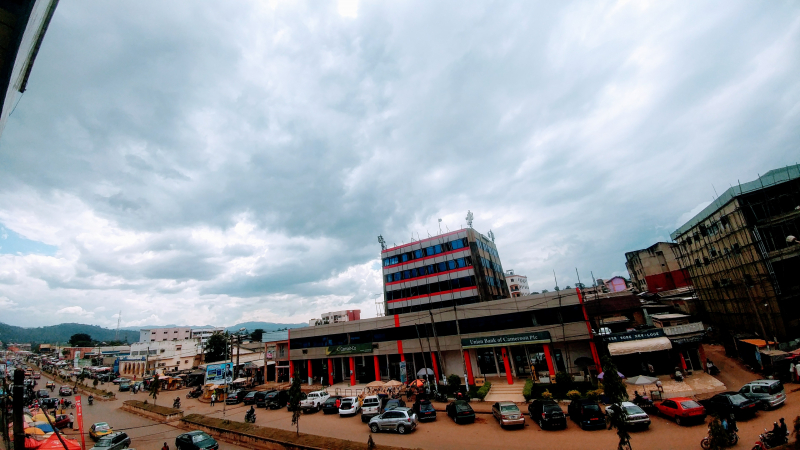
https://www.wikiwand.com/ -
Limbe is a seaside town in Cameroon's western region. It's famed for its Atlantic surf and black sand beaches. The city's botanical gardens are an excellent spot to learn about the area's ecology and plants before heading out to the adjacent waterfalls and national park. The Limbe Botanic Garden features a herbarium as well as a wide variety of plant species. Lowland gorillas, for example, are rescued and rehabilitated at the Limbe Wildlife Centre. Forest elephants and other endangered species are protected in Mount Cameroon National Park.
Mount Cameroon, an active volcano with paths to the summit, is located within the park. Mount Cameroon serves as an excellent base for visitors seeking to enjoy the area's natural splendor. The mountain itself is a major challenge with a summit height of over 4,000m, however, novices can still walk around the base of the mountain without doing the complete ascent. If you enjoy the outdoors and wildlife, this is the spot to visit in Cameroon.
Location: Limbe, Cameroon
Entrance fee: N/A
Best time to visit: October to December
Hours: N/A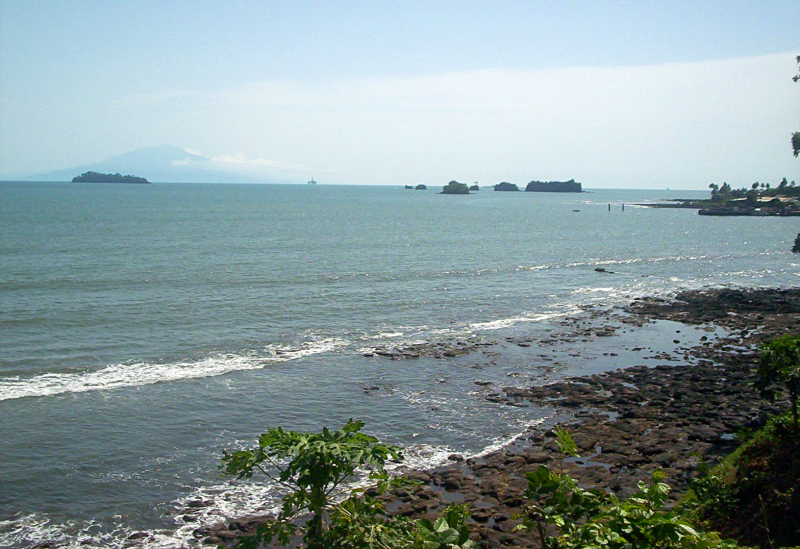
https://commons.wikimedia.org/ 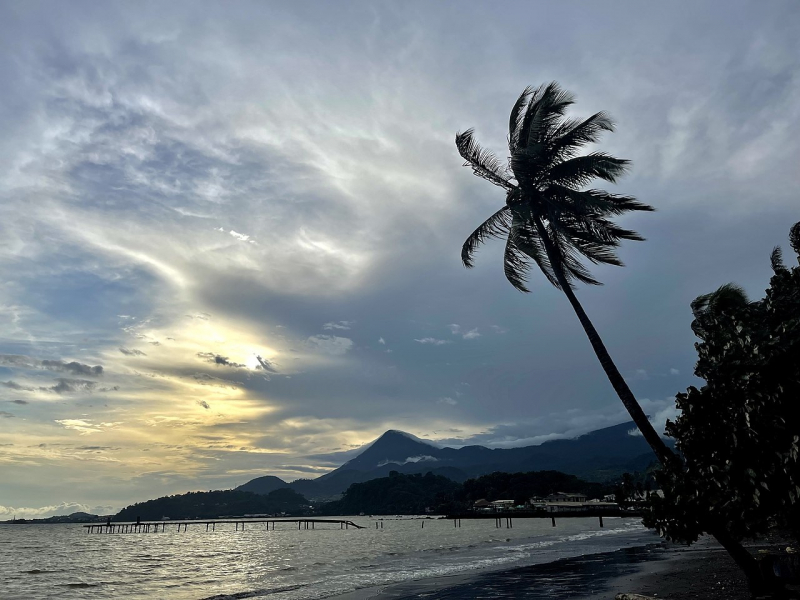
https://commons.wikimedia.org/ -
3000 Years Petroglyphs, 20 kilometers from Guider, Cameroon, includes petroglyphs dating from 3000 to 300 years old. The monument is being considered for inclusion in the UNESCO World Heritage list of places with "great universal worth" to the world, which is being threatened by local cement and marble manufacturing industries. The Rupestral Engravings of Bidzar, on the other hand, feature a marble field with a Cipolin outcrop covering 130 square kilometers. This is situated on Maroua Garoua road. Marble engravings with diagrammatic representations adorn the flagstone. The art represented in this engraving is part of Cameroon's cultural heritage. This engraving, known as the geometric styles diagram, is thought to be man-made, with some examples dating back over 300 years.
The engravings were carved on calcareous marble, which had its pale color changed by the presence of schist rich in chlorites, resulting in shades of green, yellow, blue, or pink. This marble appears to have been chosen voluntarily because it has a low resistance to engraving, whereas nearby rocks such as granite and mica-schist are too hard and too soft. Only iron tools could have carved the engravings; the initial layer of marble is easily removed, revealing the white and most resistant area of the rock. The Bidzar engravings certainly have a message, but it is up to the individual to interpret it. Furthermore, the local people are unaware of their significance.
Location: 3000 Years Petroglyphs, Cameroon
Entrance fee: N/A
Best time to visit: N/A
Hours: N/A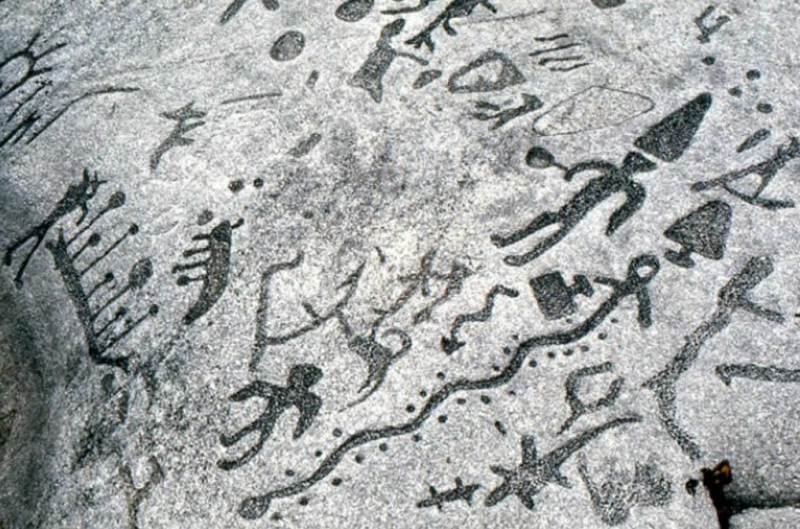
https://www.ancient-origins.net/ 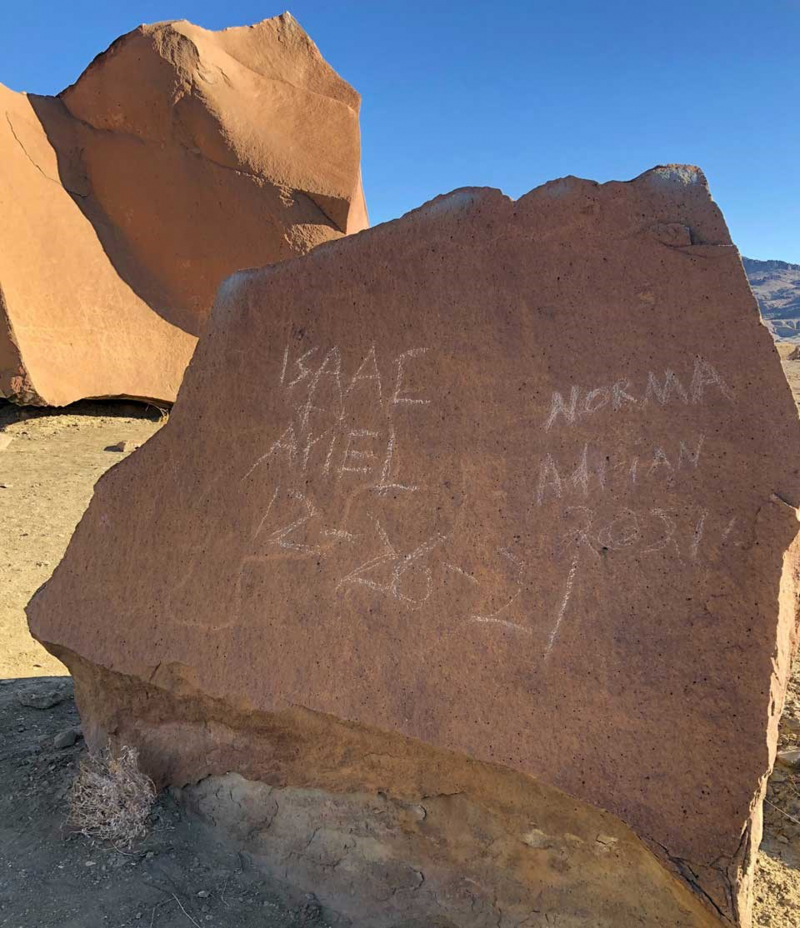
https://www.nbcnews.com/ -
Maroua is the capital of Cameroon's Far North Region, which stretches along the banks of the Ferngo and Kaliao Rivers in the Mandara Mountains' foothills. At the time of the 2005 Census, the city had 301,371 residents, the majority of them were of Fulbe/Fulani ethnicity.
Even while it is not nearly as lush and green as Maroua, it has its own allure. The streets are a striking red and the buildings are a dreary beige color, but the people's apparel adds a splash of color to the city. Maroua is an excellent place to learn about Cameroon's culture, and its busy marketplaces are among the best in the country. Travelers who want to visit the Mandara Mountains in the north of the country can use the city as a base.
Maroua is known for its artisanal activity and its daily market, which brings together tanners, potters, tailors, weavers, and blacksmiths. The market's craft center, located near the entrance, houses roughly fifty artisans who sell embroidered or hand-woven tablecloths, leather rugs, slippers, crocodile skin wallets, and other items. At the city's entrance, there is a more modern craft center. Maroua is well-known for its spectacular ginger fields and the production of ginger liqueur.
Location: Maroua, Cameroon
Entrance fee: N/A
Best time to visit:- January and February
- May until December
Hours: N/A
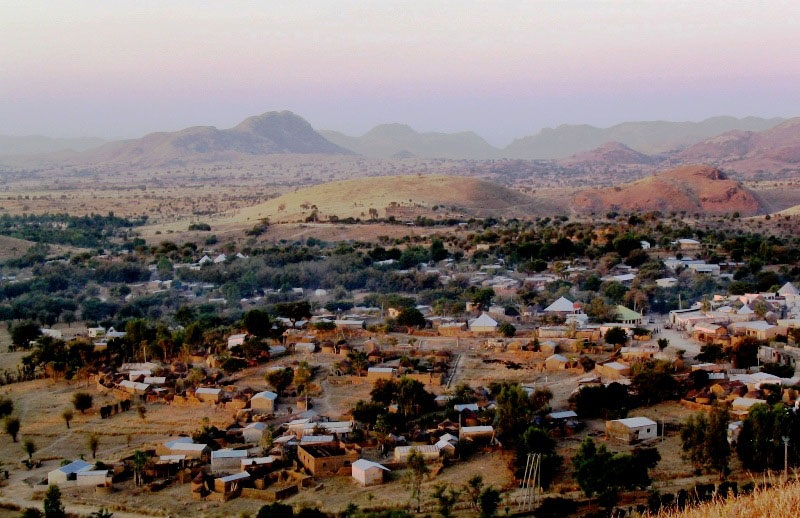
https://www.trekearth.com/



